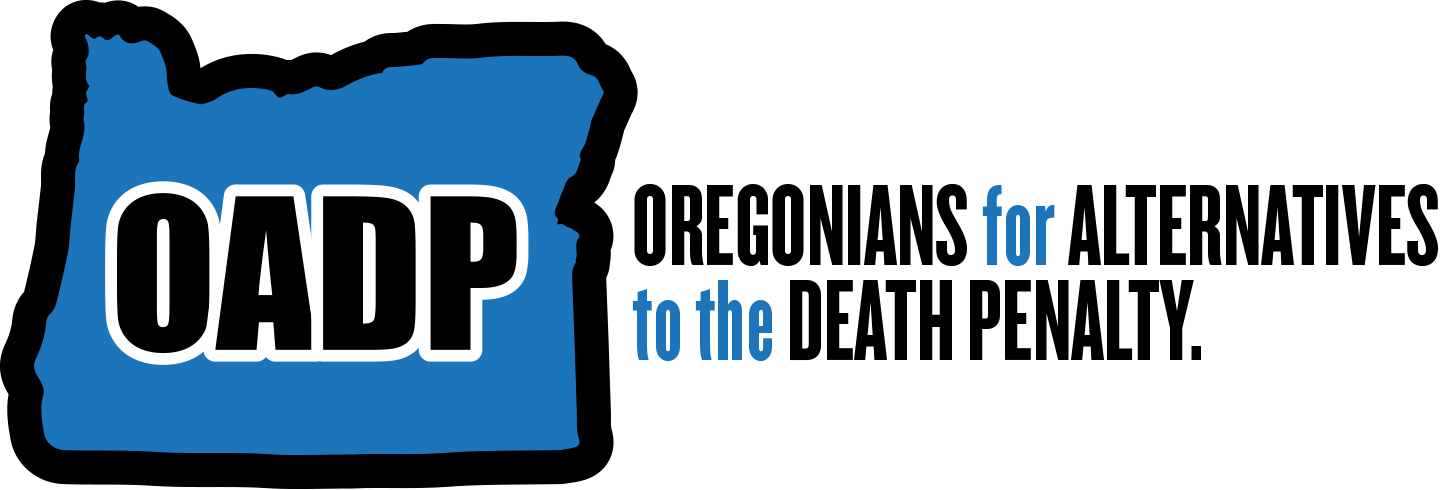Facts About the Death Penalty in Oregon
There's no getting around the facts. And the facts show that not only is the death penalty in Oregon morally reprehensible, it's also extremely taxing on the citizens in terms of cost effectiveness and does nothing to prevent more murders from occuring in Oregon.
The Facts: 13 Reasons to Oppose the Death Penalty
There is a better alternative: life without parole.
In Oregon, we have the option of sentencing convicted murderers to life in prison without the possibility of parole. There are currently over 121 people in Oregon who have received this sentence.
Deterrence: Does the Death Penalty Prevent More Murders?
What is the Cost of the Death Penalty in Oregon?
Alternatives to the Death Penalty
The Penal Alternatives
Oregon law currently provides three possible sentences for the crime of aggravated murder: Death, life imprisonment without possibility of parole (“true life”), or life imprisonment with the possibility (not a guarantee) of parole after serving a minimum of 30 years. No lesser sentence is available—Oregonians need no longer fear that those convicted of aggravated murder will be released after just a few years to kill again. These life-sentence alternatives are sufficient to hold offenders accountable and to protect society from further harm at their hands. OADP supports replacing the death penalty with life without possibility of parole as the most serious sanction for aggravated murder.
The Preventive and Restorative Alternatives
OADP supports the redirection of the millions of dollars wasted each year pursuing the death penalty to victims’ support and proven violence prevention programs such as the following:
• Counseling and compensation for the surviving family members of homicide victims.
• Cold case units to investigate and bring to justice the perpetrators of unsolved murder cases.
• Counseling and support groups to reduce child abuse and enhance parenting skills.
• Domestic violence prevention and protection programs.
• Drug courts and substance abuse treatment programs.
• Mental health courts and community-based mental health treatment programs.
• Restorative justice programs such as victim-offender mediation and facilitated dialogue.
• Early childhood education programs.
• Offender re-entry support programs.
OADP encourages its members around the state to take action in their communities in support of such alternatives.
